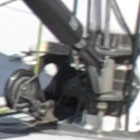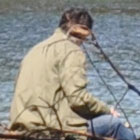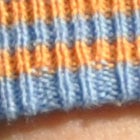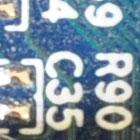Nikon D90
-
-
Written by Gordon Laing
Nikon D90 gallery
The following images were taken with the Nikon D90 using the DX 18-105mm VR kit lens. The D90 was set to Large Fine JPEG mode with Auto White Balance and the default Standard Picture Control, Normal High ISO NR and Active D-Lighting set to the default Auto.
The individual exposure mode, file sizes, shutter speeds, aperture, ISO and lens focal length are listed for each image.
The crops are taken from the original files, reproduced at 100% and saved in Adobe Photoshop CS2 as JPEGs with the default Very High quality preset, while the resized images were made in Photoshop CS2 and saved with the default High quality preset.
The three crops are typically taken from far left, central and far right portions of each image.
Note: You may also wish to view our Canon EOS 450D / XSi Gallery, Canon EOS 40D Gallery, Nikon D80 Gallery and Nikon D300 Gallery for a comparison of detail, noise and optical performance under similar conditions.
Landscape: 4.66MB, Program, 1/320, f9, ISO 100, 18-105mm at 18mm (equivalent to 27mm)
Landscape: 6.37MB, Program, 1/320, f9, ISO 200, 18-105mm at 18mm (equivalent to 27mm)
Landscape: 5.14MB, Program, 1/800, f7.1, ISO 200, 18-105mm at 105mm (equivalent to 158mm)
Portrait: 4.53MB, Aperture Priority, 1/800, f5.6, ISO 200, 18-105mm at 105mm (equivalent to 158mm)
Macro: 6.89MB, Program, 1/30, f5.6, ISO 400, 18-105mm at 105mm (equivalent to 158mm)
Indoor: 5.96MB, Program, 1/30, f3.5, ISO 400, 18-105mm at 18mm (equivalent to 27mm)
Indoor: 4.96MB, Program, 1/10, f3.5, ISO 800, 18-105mm at 18mm (equivalent to 27mm)
Indoor: 5.12MB, Program, 1/50, f3.5, ISO 1600, 18-105mm at 18mm (equivalent to 27mm)
| ||||||||||||||||||||||||||||||||||||||||||||||||||||||||||||||||||||||||||||||||||||||||||||||||||||||||||||||||||||||||||||||||||||||||||||||||||||||




































